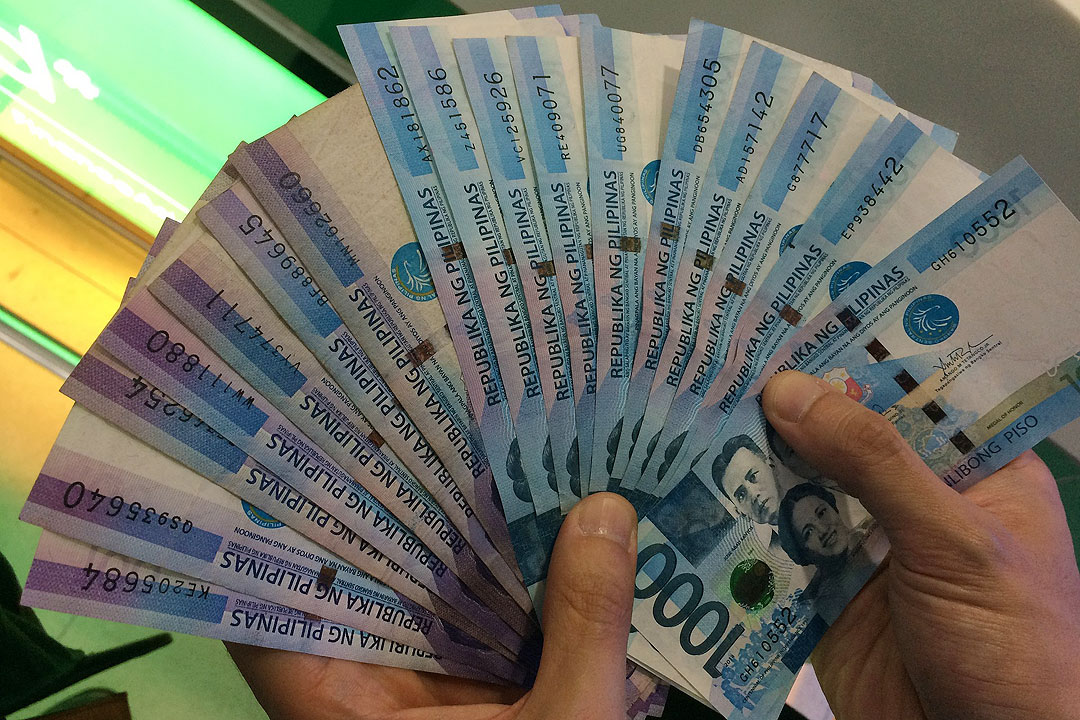
Upgrade to High-Speed Internet for only ₱1499/month!
Enjoy up to 100 Mbps fiber broadband, perfect for browsing, streaming, and gaming.
Visit Suniway.ph to learn
Ana Crescini - Philstar.com
August 4, 2025 | 3:42pm
Tap-to-pay technology through smartphones is already in key markets in Southeast Asia, but is yet to be adopted in the Philippines. What's taking us so long?
Apple; Rido via Canva; Visa stock images
MANILA, Philippines — Mobile wallets like Apple Pay and Google Pay are already widely used in Southeast Asian markets for everyday transactions including public transportation and grocery shopping.
The services, which offer smartphone users a tap-and-go convenience when paying for physical or digital goods, are not yet in the Philippines where digital payment adoptions is becoming a norm.
That may soon change.
The Bangko Sentral ng Pilipinas (BSP) recently removed one regulatory hurdle, confirming that Apple Pay and Google Pay no longer need to register as Operators of Payment Systems (OPS) to launch locally.
The central bank clarified that since these firms do not hold or process funds directly, they fall outside the scope of OPS regulation.
“We deemed them not to be an OPS because their activity is not an OPS activity,” BSP Deputy Governor Mamerto Tangonan said, as first quoted in a GMA report.
Instead, Apple and Google will be treated as technology service providers, allowing users to link their existing debit cards, credit cards or even e-wallets to make near-field communication, or NFC, payments through their devices.
Next steps: Ball's in banks' court
While this removes a key barrier, the responsibility of enabling Apple Pay and Google Pay now rests with local banks.
The BSP said banks as local payment service providers (PSPs) must partner with the tech giants to integrate their card-issuing systems the cards with the Apple Pay or Google Pay framework.
“If anything happens, the one accountable to us is the PSP,” Tangonan said. It suggests that it is banks' responsibility to assess the technology for security and compliance protocols.
Availability in Southeast Asia
Elsewhere in Southeast Asia, availability of the two services is mixed:
- Apple Pay is available in Malaysia and Vietnam, where major banks have enabled it for customers.
- Google Pay (via Google Wallet) is present in Malaysia, Vietnam, and Thailand but actual functionality varies by bank and region. In some cases, only a handful of banks support tap-to-pay features.
- Apple Pay, however, has not officially launched in Thailand, despite widespread interest.
In contrast, the Philippines has seen homegrown e-wallets dominate, including GCash and Maya, which already allow QR payments and some NFC use on Android phones.
Still, interoperability with global digital wallets could boost convenience for consumers and appeal to more affluent users and international visitors.
Demand is building
Digital payment use continues to grow. In 2024, 57.4% of retail transactions in the Philippines were digital, according to the BSP. This is a dramatic shift from just a decade ago. BSP Governor Eli Remolona Jr. said this reflects increasing trust in digital channels.
As usage continues to rise, NFC-capable terminals are also becoming more common in stores. It is now up to local banks to make transactions even more convenient for consumers.

 1 week ago
7
1 week ago
7



